Home > Article > Hardware Tutorial > Razer Viper V3 Pro review: What's the trade-off between power and portability?
In a discussion about gaming mice some time ago, Xiao Lei mentioned that the first true "gaming mouse" was the Razer Boomslang released by Razer in 2003 - a DPI "up to" 2500, polling rate 125Hz USB gaming mouse. But in fact, the statement is not accurate, because this 2100/25 polling rate 00DPI Boomslang is actually an upgraded version of this series. Its previous generation, Boomslang released in 1999, is the real first game. mouse.
Compared with the second generation released 4 years later, the first generation Boomslang used a more primitive PS/2 interface, and the polling rate was only 10 -200Hz; it was not until the release of the Razer Copperhead using a laser sensor in 2005 that Razer's gaming mouse officially entered the era of 1000Hz polling rate. After that, Razer also completed its dominance of the high-end gaming mouse market with three mice: Viper, DeathAdder and BAsilisk.
According to Newzoo data, Razer achieved an 11% market share in the global gaming peripherals market last year, second only to Logitech’s 16%. In addition, Razer also has the highest user loyalty among gaming peripheral brands, and can be called the ROG in the field of gaming peripherals. After all, ROG has only been making peripherals in the past few years, and both Razer and ROG have a common theme in gaming peripherals - lighting. Because the lighting design of Razer products is too "eye-catching", there are endless complaints about Razer's status as a "light factory" on the Internet.
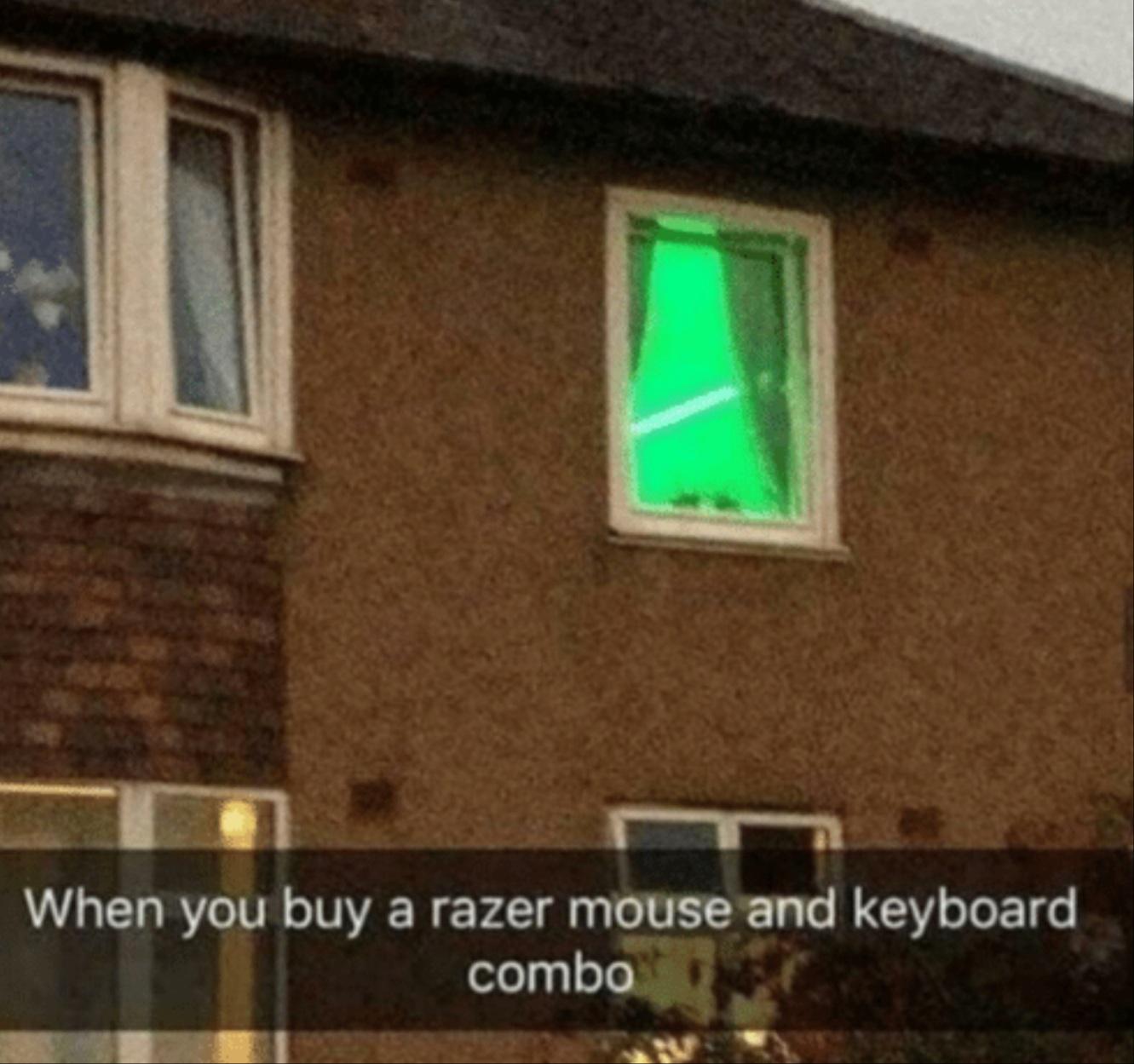
"When you buy a set of Razer keyboard and mouse"
Image source: Reddit forum user Bilbzzz
However, this emphasis on marketing and light on technology has also indirectly weakened Razer’s product competitiveness: According to Razer’s mid-term report last year: Razer’s R&D expenses were 200 million It has been around 554 million yuan for many years, but marketing expenses have continued to rise to 554 million yuan, a year-on-year increase of more than 40%. On the one hand, there is no increase in R&D investment, on the other hand, marketing expenses are rising year by year, and behind them are Logitech, SteelSeries and ROG that are catching up. In 2022, Razer is in urgent need of a new era "Boomslang" to stabilize itself. market, let everyone know that the gaming peripherals brand that “starts with players and empowers players” still puts players first.
And this arduous task falls on the Razer Death Adder V3 Pro released some time ago.
Although the name is Purgatory Viper V3 Pro (hereinafter referred to as V3 Pro ) is just a regular replacement for the Viper V2 Pro (hereinafter referred to as V2 Pro), but in terms of the core configuration of the V3 Pro, it is not difficult to find that the V3 Pro is not just a replacement for Razer.
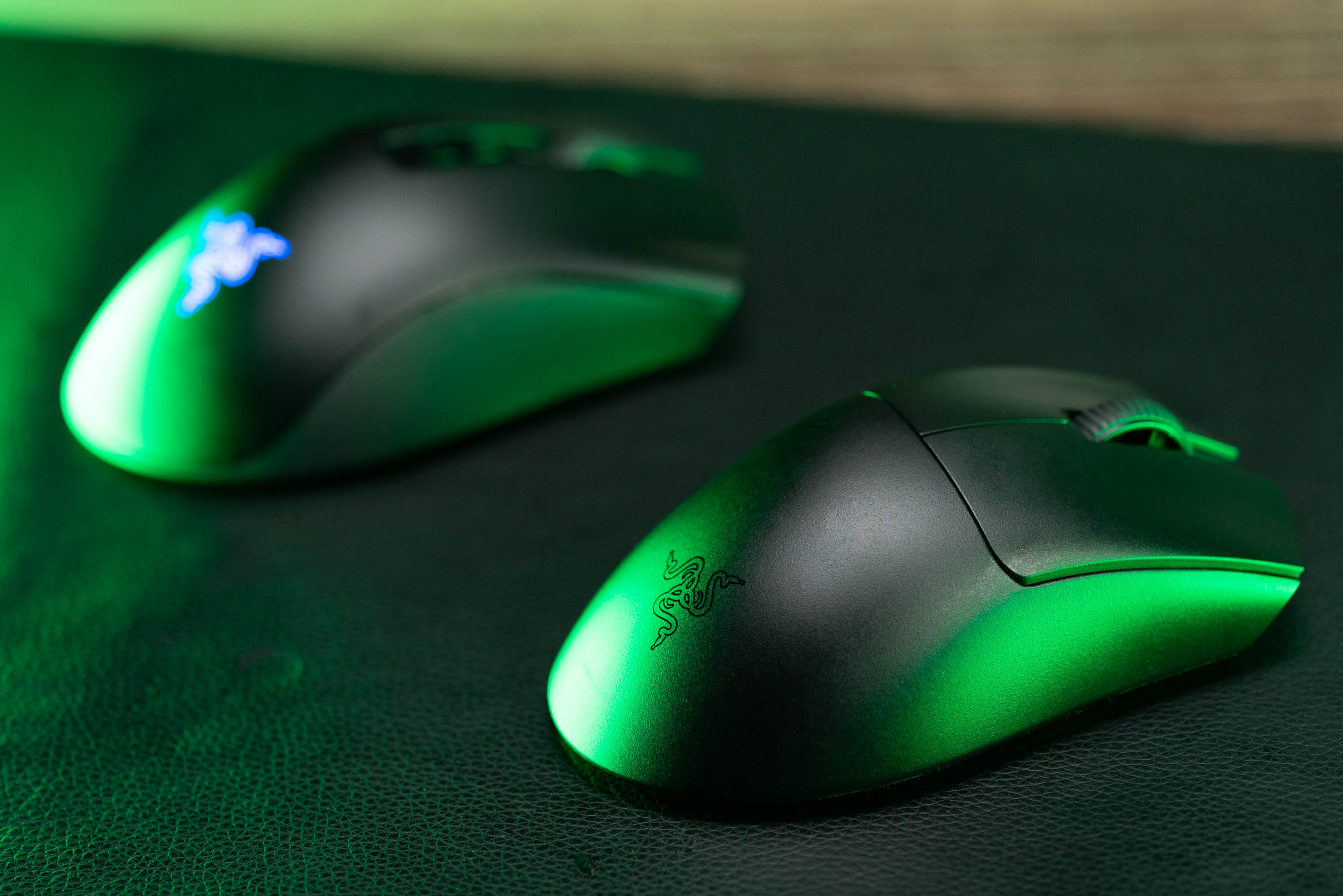
Image source: Lei Technology
If V2 Pro is just Lei An "asymmetric high-end mouse" under the Venomous Viper series, the product positioning of V3 Pro can be said to have truly elevated the Purgatory Viper product line to the flagship position of Razer gaming mice, alongside Venomous Viper and Cyballis. The same flagship mouse lineup.
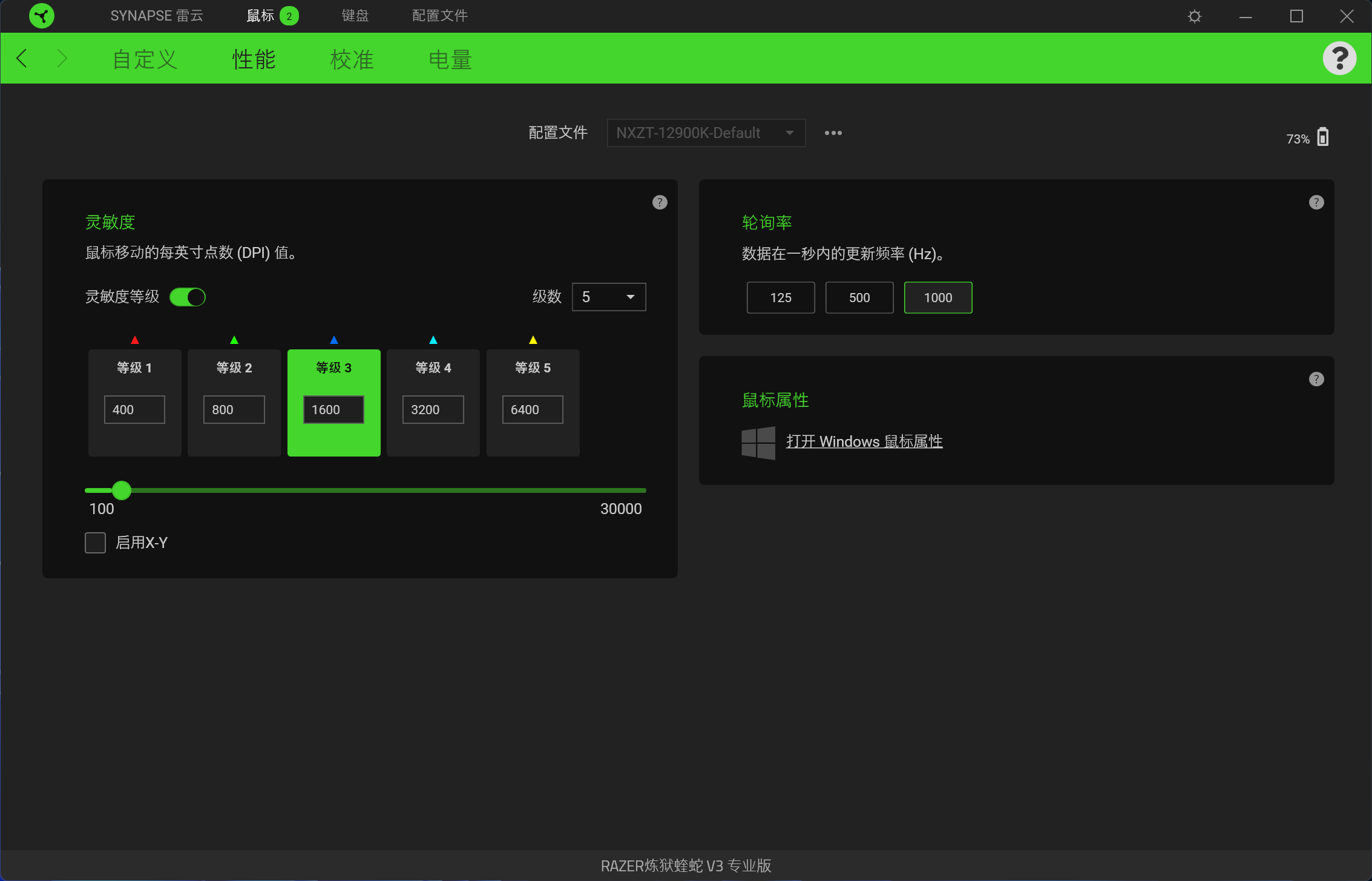
Picture source: Lei Technology
First of all, V3 Pro switched to Razer's latest Focus Pro 30K sensor, as its name suggests, this new generation sensor can support surface tracking up to 30,000DPI. In addition, Razer’s “signature” asymmetric suspension technology can provide the mouse with more accurate and continuous surface tracking.
Perhaps many people don’t understand the practical use behind this asymmetric abort technology, and they haven’t even heard of the name. To put it simply, after asymmetric suspension is turned on, even if the mouse leaves the surface of the mouse pad, the Focus Pro 30K sensor can still continue to accurately track the mouse displacement through several millimeters of "air".
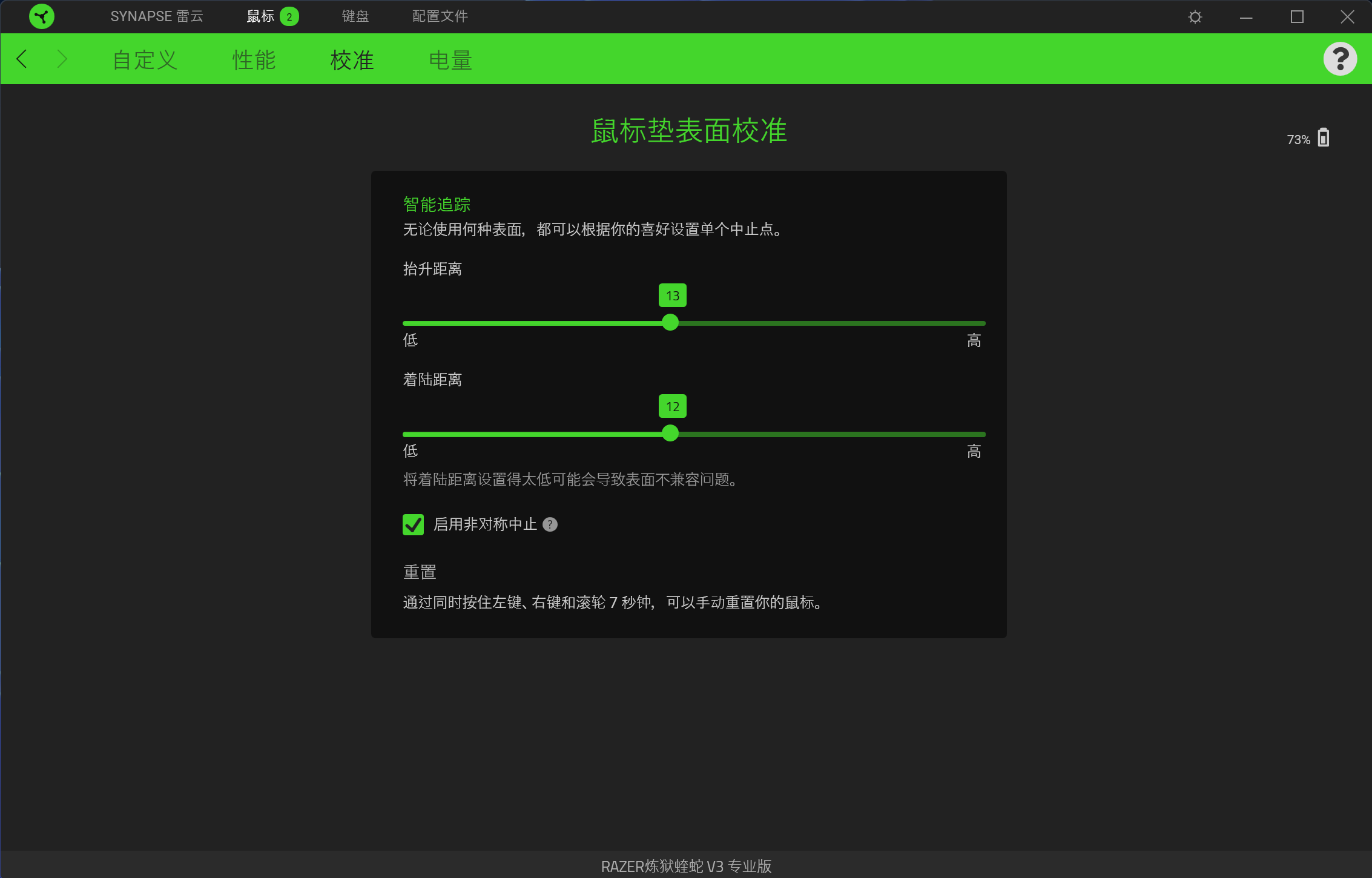
Picture source: Lei Technology
And because the general mouse Tracking is interrupted after leaving the mouse pad, and once the sensor reacquires the mouse pad, the master controller will experience incorrect acceleration due to "jumping" in the sensor position before and after leaving the mouse pad, causing the cursor to briefly "flash".
In addition, V3 Pro also uses Razer’s third-generation optical micro-motion. Compared with traditional mechanical micro-motion, optical micro-motion is roughly similar in principle to optical axis keyboards. It uses internal lasers and light shields to replace the traditional metal reed structure of micro-motion. In addition to theoretically providing a faster trigger response speed, optical micro-movements not only have better stability but also have a longer lifespan than mechanical micro-movements due to the absence of mechanical reeds and contact structures.
The second-generation optical micro-movement used in V2 Pro has achieved a motor life of approximately 70 million times, while the third-generation optical micro-movement has directly increased this number to 90 million times. Based on 60 clicks per minute and continuous clicks 24 hours a day, the theoretical lifespan of V3 Pro can allow you to click continuously 24/7 for nearly 3 years.
Due to the use of new sensors, micro-motion and other "improvements", the battery life of V3 Pro has also been increased to 90 hours.
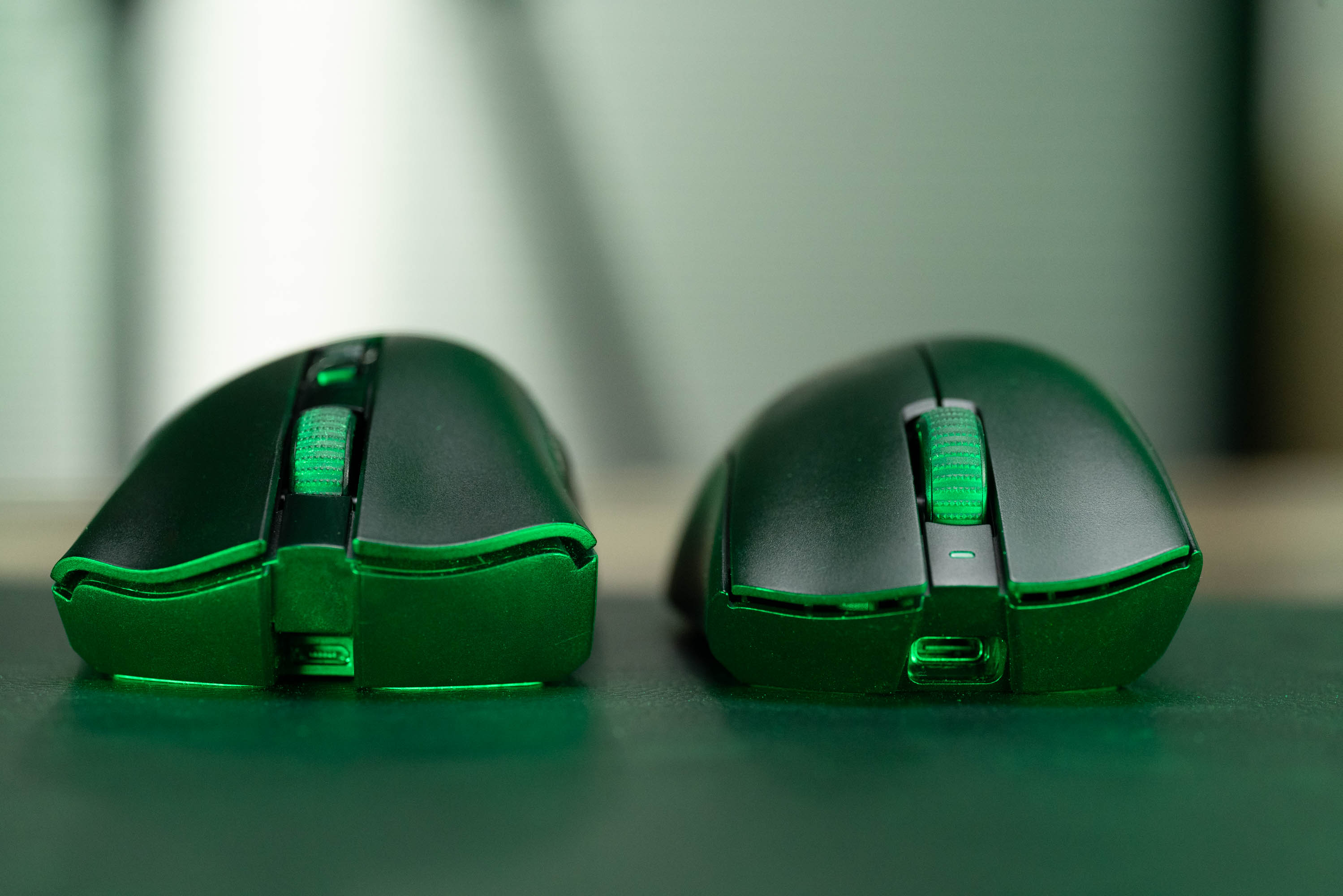
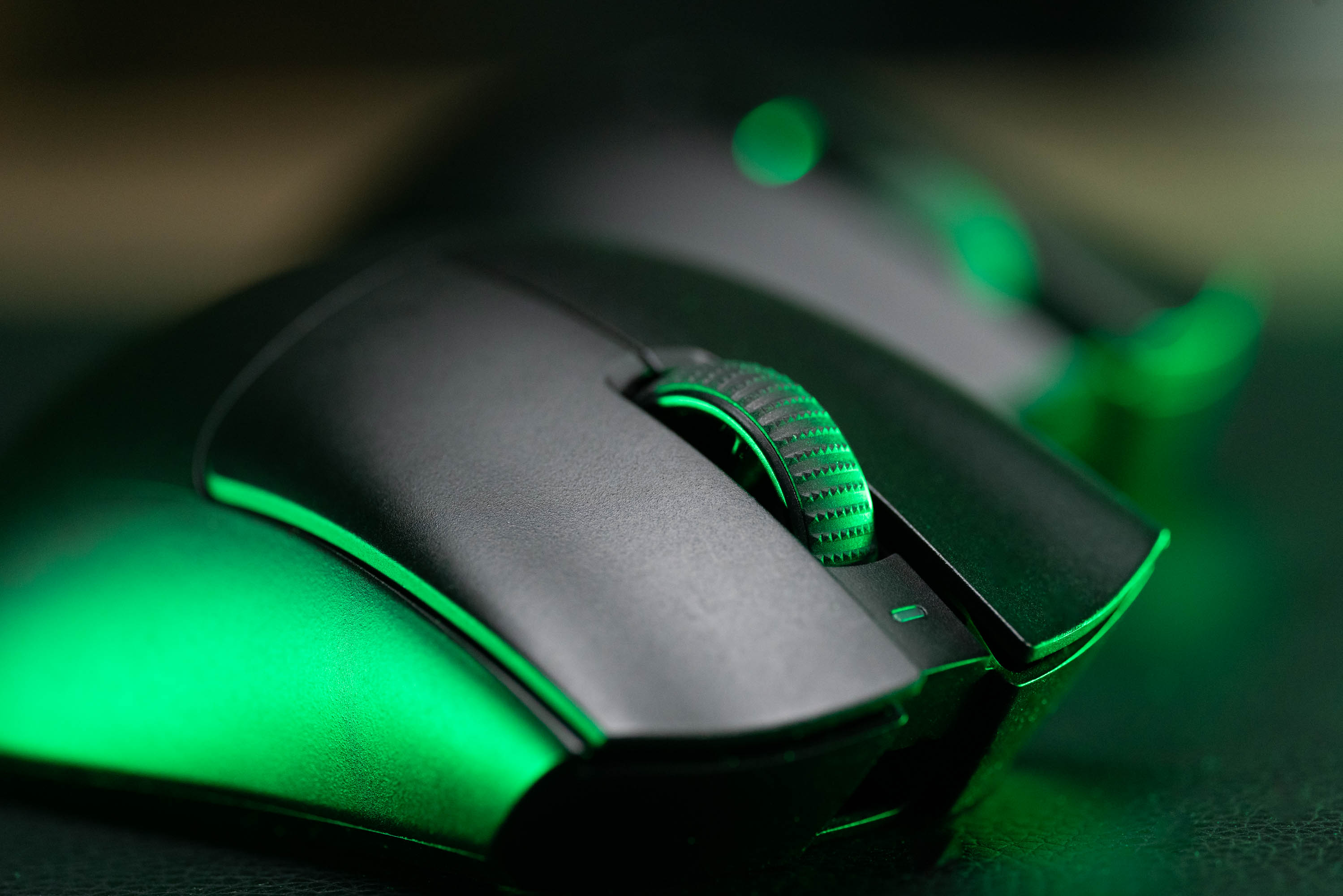
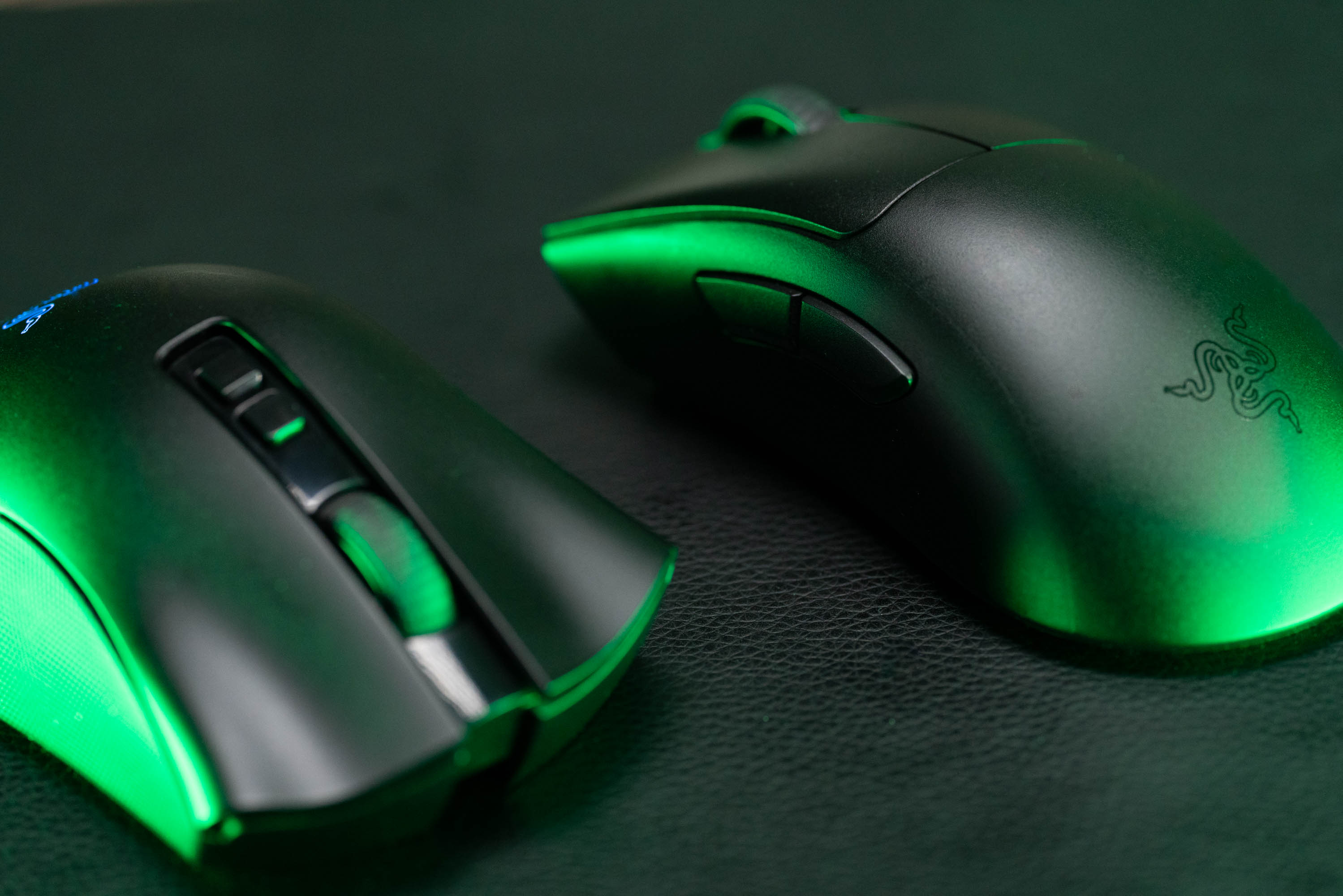

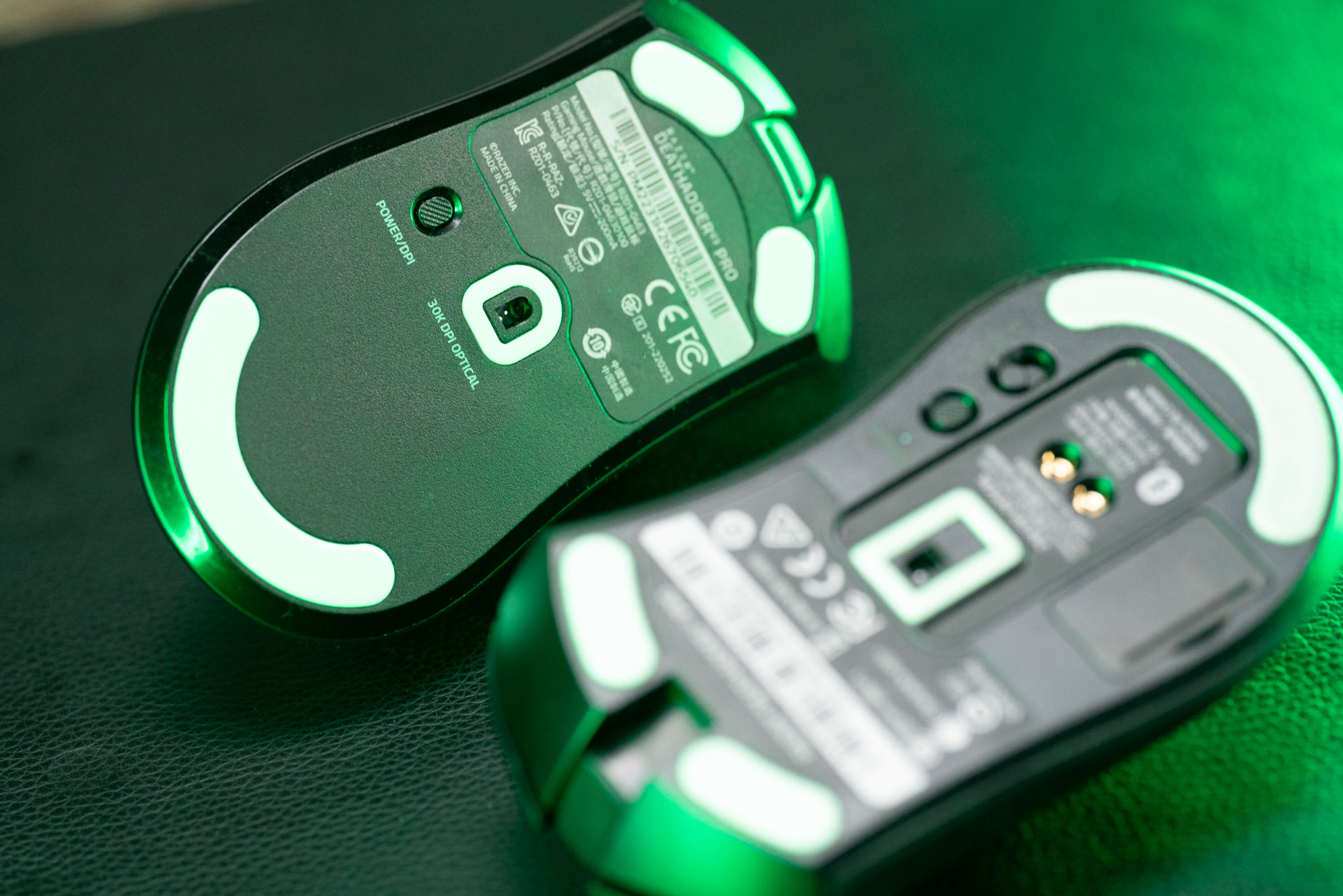
But for some unknown reason, V3 Pro actually canceled the receiver storage slot at the bottom of the mouse. Although V3 Pro supports HYPERSPEED one-to-two receiver technology, Razer is not even willing to open a hole on the bottom of V3 Pro to put the receiver, which is really hard for me to understand.
So equipped with various upgrades and "downgrades" V3 Pro, how does it perform in use? Here Xiaolei did a simple test on V3 Pro. The comparison mouse used in the test was the Razer Viper V2 Pro, and the test mouse pad was the Razer Flame Bug Hard Edition.
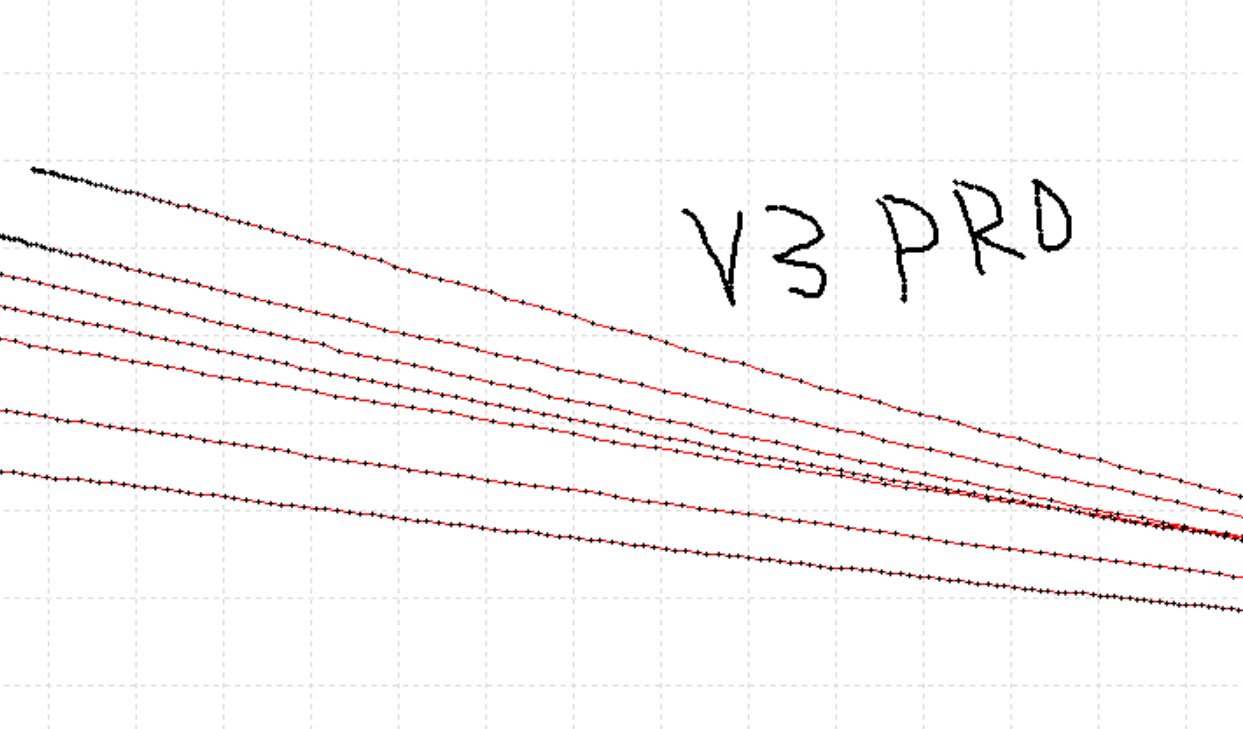
Image source: Ray Technology
In Focus Pro 30K sensor support me. Even without the help of the so-called "smooth assist", V3 Pro performs very well in four situations: high speed, low speed, acceleration, and deceleration. The lines are straight, the dots are even, and the subtle angle changes are retained. The performance of MouseTester is also excellent, smooth and without breakpoints from beginning to end.
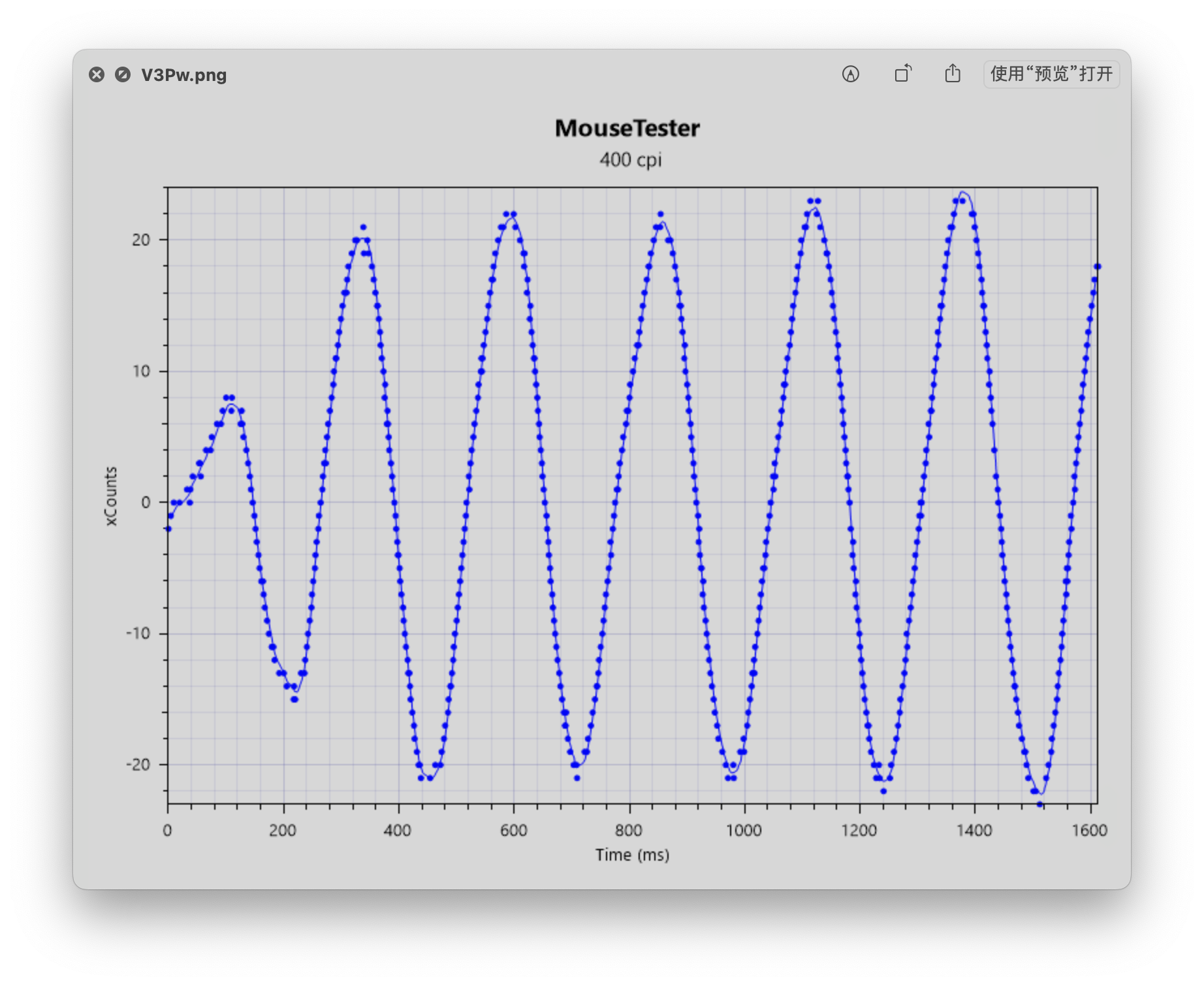

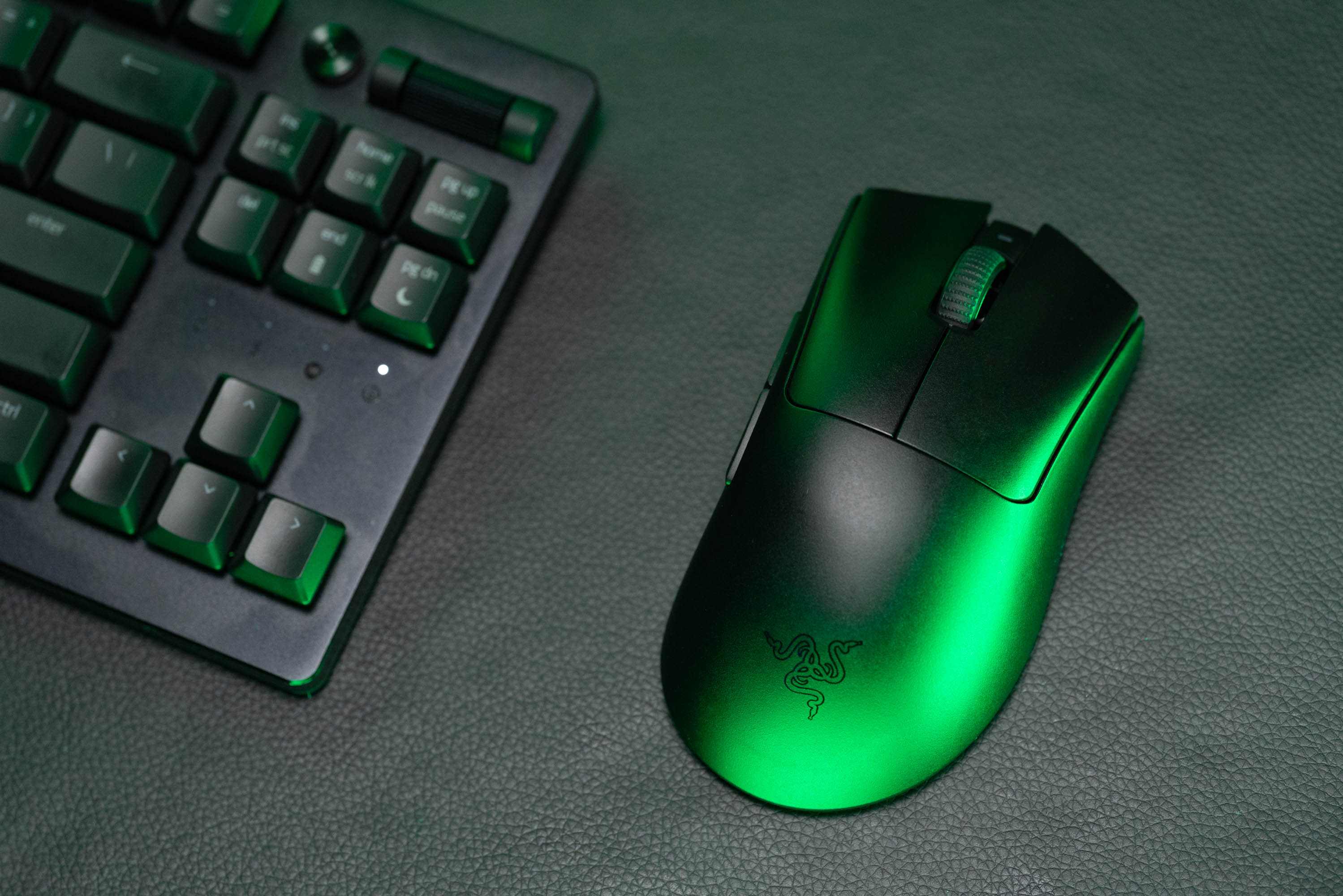
The above is the detailed content of Razer Viper V3 Pro review: What's the trade-off between power and portability?. For more information, please follow other related articles on the PHP Chinese website!